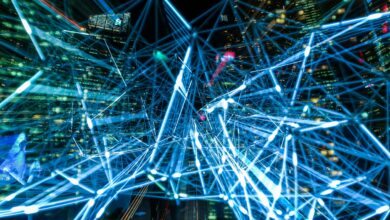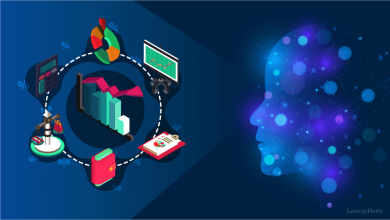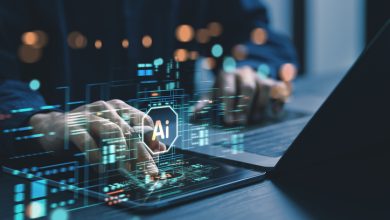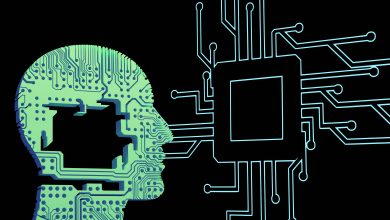
Ten years ago, if you asked someone about a “smart home,” they’d probably talk about gadgets—lights you could control with your phone, or maybe a voice assistant that told you the weather. Cool? Yes. Essential? Not really.
Fast forward to now, and the meaning of a smart home has undergone a complete transformation. It’s no longer about whether your fridge can talk back to you. It’s about whether your home can keep itself running—efficiently, affordably, and without breaking down every time the grid falters.
Why? Because energy is everything. It’s the quiet backbone of our lives: powering our work-from-home setups, our streaming nights, our cooking, heating, and comfort. And here’s the uncomfortable truth—our traditional grid isn’t as reliable as it once was. Outages are more frequent. Prices keep rising. The old model is struggling to keep up with modern demand.
This is why solar and storage are no longer “nice-to-have” upgrades. They’re becoming the real definition of smart living. Especially when paired with AI, which takes the guesswork out of managing your home’s power. Suddenly, your house isn’t just a place that consumes electricity—it’s one that actively manages it.
That’s what systems like the OCEAN Pro solar battery storage represent: a foundation for the next wave of smart homes. Not just backup. Not just tech for show. But real intelligence, applied to the one thing every home needs most—power.
The benefits of an AI-powered solar system
Let’s be honest. Most people only think about electricity in two moments: when the lights flicker, or when the bill lands in their inbox. The rest of the time? It’s invisible.
An AI-powered solar system flips that dynamic. It doesn’t wait for you to notice. It learns, adapts, and acts—quietly making decisions in the background so your home runs more smoothly.
Picture this:
- During the day, your panels are generating solar power. Instead of wasting excess energy, the system tucks it away for later.
- At night, when rates are high, it runs your appliances on that stored energy instead of expensive grid power.
- When you’re away, it monitors and adjusts, making sure nothing drains unnecessarily.
The best part? You don’t have to think about it. The system does it for you. Bills shrink. Reliability improves. And your household feels more “in control” without you micromanaging.
There’s another layer too—financial perks. Incentives for solar power for your home can significantly cut upfront costs. Between rebates, tax credits, and in some regions, payments for feeding energy back into the grid, the economics have never looked better.
And AI doesn’t just save money—it protects your investment. Managing charge and discharge cycles intelligently helps your system last longer. That’s years more performance without the worry of early replacement.
Key features of an integrated ecosystem
Here’s the thing: not all systems are created equal. Some are just batteries with a fancy name. A real smart energy solution is an ecosystem—built to flex with your needs and grow over time.
Multiple power sources
Reliability means options. A good system won’t leave you dependent on one stream of power. Instead, it can pull from solar panels, the grid, a portable generator, or even another connected power station. That redundancy matters when weather or outages hit.
Scalability for the future
Your life changes. Maybe today you want to cover essentials—lights, Wi-Fi, fridge. Tomorrow? You add an EV charger, expand your office, or upgrade heating. A modular system means you can start small and add capacity as you need it. No ripping things out, no starting over.
Enough muscle for heavy loads
A decent backup can keep a lamp on. A smart system powers your HVAC, fridge, washing machine—and keeps going. That’s the difference between “surviving” an outage and living comfortably through one.
Control in your pocket
No one wants to fiddle with complicated dashboards. A good solar battery system gives you an app that shows what’s happening—production, savings, storage—in real time. And because AI handles the optimization in the background, you only step in if you want to.
In short: a true ecosystem doesn’t just “sit there” waiting for the next blackout. It actively improves your day-to-day life.
EcoFlow’s role in shaping tomorrow’s homes
Plenty of companies are racing to innovate, but EcoFlow has been a leader in turning energy independence into something practical for real households. Their approach isn’t about flashy features—it’s about giving families tools they can rely on.
Take the DELTA Pro Ultra. It’s designed for whole-home backup with scalable capacity, making it a strong choice for those who want maximum coverage. Then there’s the DELTA Pro 3, which offers a compact but still robust solution—perfect for smaller households or people starting their energy journey.
The common thread? They’re not just for “what if” moments. These systems are built to run every day—lowering bills, stabilizing usage, and being ready when the grid inevitably stumbles. Add in long warranties and built-in protection systems, and you’ve got gear that feels less like a gadget and more like household infrastructure.
The ripple effect: why one home can make a difference
Here’s something you might not expect: when you invest in your own energy, you’re also helping your community.
Every self-sufficient home eases strain on the grid. That’s most obvious during peak hours—summer evenings when everyone’s AC is running, or winter nights when heating systems are maxed out. If your home is running on stored solar, that’s one less household pulling hard on the grid. Multiply that by thousands of families, and the result is fewer blackouts and less strain for everyone.
And if you join a Virtual Power Plant program, the impact grows even further. Your system can actually push power back to the grid when it’s needed most. That means you’re not just protecting your own home—you’re actively supporting the stability of your neighborhood.
That’s the ripple effect of smarter homes—individual choices build collective strength.
How to start your smart home energy journey
If this all sounds appealing, the good news is the first step isn’t complicated. Start by asking: What do you need right now? Is it just an essential backup? Or are you aiming for whole-home independence? Do you want to start small and expand later?
Once you have a sense of your priorities, consider systems designed for flexibility. EcoFlow’s lineup—from the OCEAN Pro to the DELTA series—offers options that fit different needs, budgets, and growth plans. Because these solutions are modular, you don’t have to make every decision up front. Start with the essentials, add more when you’re ready.
By taking this step, you’re doing more than just protecting yourself from outages. You’re saving money, reducing your footprint, and joining a larger shift toward smarter, cleaner energy.
Conclusion: the future is closer than it looks
The “smart home” of tomorrow isn’t defined by voice-controlled blinds or talking fridges. It’s defined by homes that think ahead about their power—using solar, storing energy intelligently, and cutting costs while keeping families safe and comfortable.
AI-driven solar systems are making that vision real today. They optimize without you noticing, protect you when the grid falters, and help create a cleaner future in the process.
With companies like EcoFlow leading the charge, the tools are already here. The only question left is whether you’ll wait for tomorrow—or start building your smarter home today.




